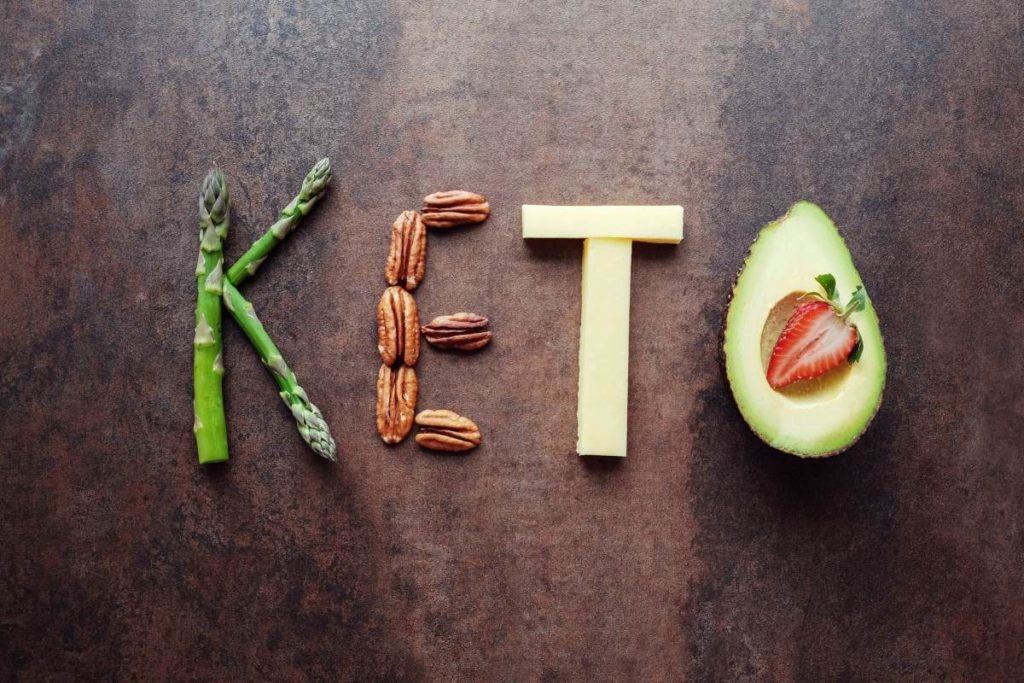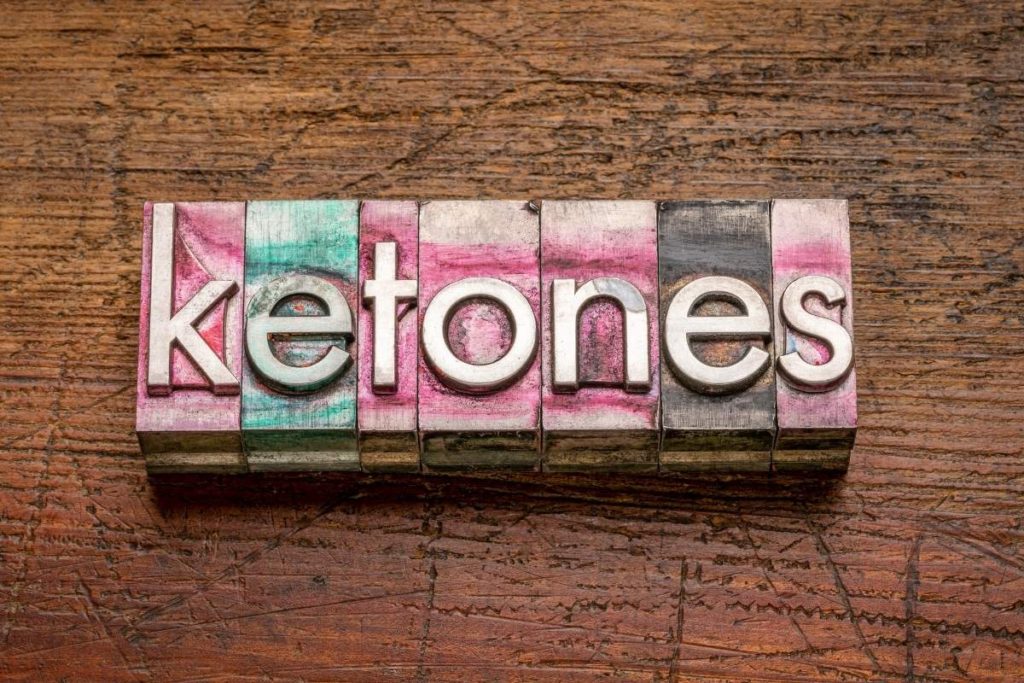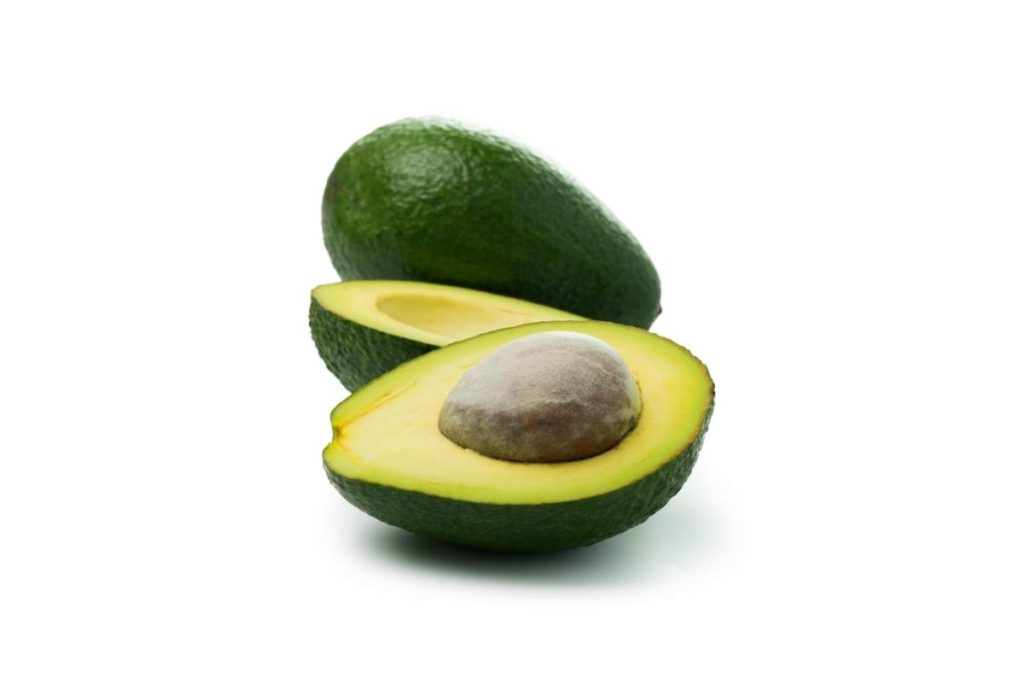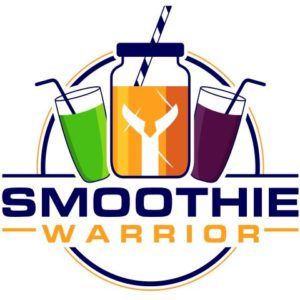
The Ketogenic diet’s goal is to greatly reduce carb intake while increasing fat to force your body to burn fat instead of carbs. Traditional fruit smoothies include many items that are not compatible with the Keto diet. Many ingredients in traditional fruit smoothies include fruit, fruit juices, and other sugars that are all sources of carbs making it hard to meet Keto’s macronutrient standards.
So, can smoothies be Keto? Yes, when using the right ingredients smoothies can be low carb and high fat making them very Keto friendly. There are many liquids, vegetables, add-ins, and even some fruits that can be blended to be keto compatible. Read on to explore what to think about and what ingredients to use when making a Keto compliant smoothie.
What is the Keto Diet?
The Ketogenic Diet or Keto for short is a low carb, high fat, and just enough protein diet that has been around many years and has been used for medical purposes as well as a method for rapid weight loss. A typical keto daily diet regiment includes getting 70% of your calories from fat, 25% from protein, and 5% from carbs. Calories are energy and the percentages from carbs, fats, and protein are known as Macronutrients. The Ketogenic diet is all about staying in a person’s optimal macronutrient range to achieve a metabolic state called Ketosis. The macronutrient ranges vary from person to person, but the general idea is a low carb high fat diet.
There are also different versions of keto including the standard ketogenic diet (SKD), cyclical ketogenic diet (CKD), targeted ketogenic diet (TKD), and a high protein ketogenic diet. For this article, I’m mostly referencing the standard ketogenic diet where the macronutrient levels are in the 70% fat, 25% protein, and 5% carb range.
Carbs cause your body to produce glucose which is a very easy energy source for the body to use when present. As an easy energy source, your body will tend to use glucose and store fat for use at a time when it is needed or when glucose is not available. By limiting carb intake, the body will eventually switch over to fat and burn it up as the new energy source. This process and state are referred to as Ketosis. The same process happens during starvation, as Glucose from carbs runs out, the body switches over to fat-burning until there is none left and the body wastes away. The Ketogenic diet mimics starvation without the experience of hunger due to the inclusion of high fat in the diet.
What is Ketosis?

Ketosis is the body’s natural way of survival when food or energy is not readily available. When fat is broken down by the liver, it is converted into Ketones. Ketones, like glucose from carbs, is an energy source but from fats.
While the body is in Ketosis, it has switched from burning glucose to burning Ketones. Reaching the metabolic state of Ketosis is the primary goal for those on the Ketogenic diet. Time spent in Ketosis can help with certain medical conditions and can be used for rapid weight loss. Some people on the keto diet utilize net carbs instead of total carbs to calculate macro levels. Net carbs are taking the total grams of carbs from food and subtracting the fiber content.
How to Make a Keto Smoothie
The Ketogenic diet is not necessarily about restricting certain foods, but maintaining macronutrients in the high fat, adequate-protein, and low carb realm. There are different approaches to Keto, but a common percentage is 70% fat, 25% protein, and 5% carbs. To hit this macronutrient level some foods will make it nearly impossible to consume while hitting the percentages. Some common smoothie ingredients to avoid include oats, fruits, and anything with high sugar content.
To make a keto compliant smoothie simply use keto-friendly options in the various base smoothie components of liquids, vegetables, fruits, and add-ins to hit the right ratios.
Liquids: The biggest liquids to avoid are dairy products like milk and fruit juices. Both milk and fruit juice contain high sugar content and high carbs. There are many options for Keto when it comes for liquids for your smoothie including:
- Water: the simplest liquid. Water is easily compliant with Keto and will also keep you hydrated.
- Nut milks: Almond, Coconut milk, and Cashew Milk are all great keto compliant liquids for smoothies. These also usually have a high-fat content that will help you hit the right macronutrient levels. A word of caution to make sure you read the label of these products as some may have sneaky carbs added, usually in the form of sugar.
- Unsweetened tea: This can make for interesting flavor in smoothies depending on the other ingredients and the type of tea. Green tea works great for smoothies while being Keto compliant.
- Black Coffee: Great for coffee type smoothies with the added kick of caffeine for energy.
With all these products except for water ensure you read the nutrition label to check for carb content to ensure you don’t knock yourself off the rails towards Ketosis.
Vegetables: When it comes to carbs, not all vegetables are carb equal. There are many low carb options including spinach, kale, cucumbers, celery, tomatoes, and lettuce. Spinach and kale are a mainstay in smoothies and can be used to meet the macro levels for keto.
Fruits: Fruits are a bit harder to incorporate into a keto-friendly smoothie because of their high sugar and carb content. It is best to skip most fruits and use only small amounts for a keto smoothie. The best options for low carb fruits are berries. Lower carb/sugar berries include raspberries and blackberries.
One exception for fruits is the inclusion of avocados in your smoothies. Avocados are one of the darling foods in the keto diet as they have high-fat content and low carbs. If you like Avocado it can be a great addition to your smoothie making it easier to get to your macronutrient level.

Add-ins: For add-in, you can make up for fat content when needed. To do this you can add in nuts or nut butter is quickly increase the fat percentage of your smoothie and give it a great creamy taste. Again be careful with nut butter to ensure that what you are adding has low carbs and sugar. Many straight fats can also be used. Coconut milk cream, MCT oil, coconut oil, olive oil, and full-fat yogurt are other great options. Other items like chia seeds, Flax seeds, and Hemp harts are high levels of fat and are nutrient powerhouses for the amount used.
Simple Keto Smoothie Recipes
Berry Smoothie
- 1 cup of water
- 1/2 cup of berries (blackberries or raspberries)
- 1/2 an avocado
- 2 cups of kale or spinach
- 2 tablespoons of an add-in (flaxseed, chia seed, hemp hearts)
Chocolate Peanut Butter Coffee Keto Smoothie
- 1 cup of black chilled coffee
- 2 tablespoons of peanut butter
- 1 tablespoon unsweetened cocoa powder
- 1/4 cup coconut cream
- 1 cup of ice
